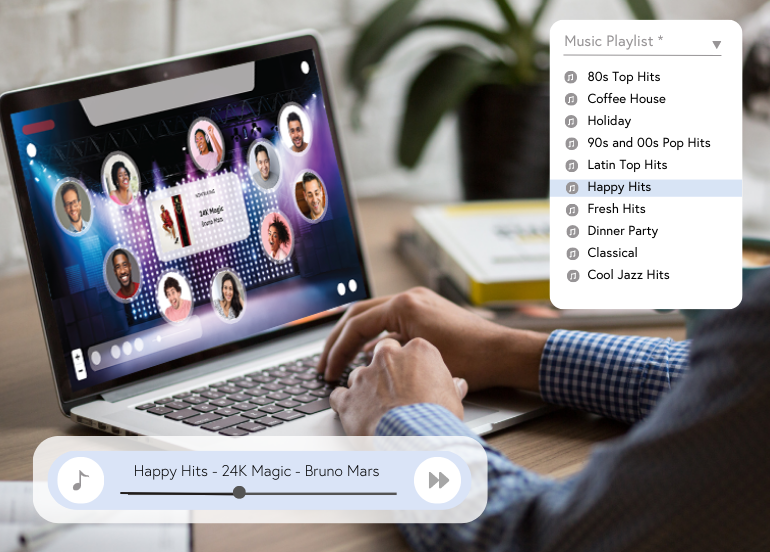As exciting as it can be to enter a new workplace, it is also an opportunity to evaluate who you want to be and how you want to portray yourself among your new team. The new working environment will take time to adapt to, especially when navigating team dynamics, and the company culture as a whole. As you begin to understand your new role, what will you bring to the table?
We all crave respect from our peers and leaders. And this is closely tied to what we can contribute, rather than who we are. But while respect is something earned, dignity exemplifies the human connection with an understanding of the natural worth of every individual. One of the experts in dignity studies is Dr. Donna Hicks, the author of Leading With Dignity. She explains how dignity often goes unrecognized in the workplace despite the importance for leaders to understand it.
Understanding Dignity
Contrary to the belief that our dignity comes from external factors derived from the actions and treatment we face by others, the true source of our dignity is in the way we find solace and acceptance within our own uniqueness and individual thought. Dignity is an internal source of self-worth gifted to us at birth. It provides us with the power to create positive change, take risks and be vulnerable with one another through our shared humanity.
Dignity should not be confused with respect. Respect is both recognizing a status difference between people and recognizing the value of a person. In a situation of abusive behavior, it is especially important to recognize the distinction. If a teacher belittles students in front of others, students should not respect the teacher’s behavior. But they should treat the teacher with dignity. Author and educator Rosalind Wiseman clarifies the difference further, “Respect acknowledges the behavior while dignity still teaches the importance of civility and humanity.”
Even though every person is born with dignity, we lack the knowledge of how to act in accordance to it. Just as we desire to be treated in ways that show we matter, we are also tempted to violate the dignity of others due to a natural inclination towards self-preservation.
Violating Dignity in the Workplace
Leaders are often guilty of violating their employees’ dignity at work. This can range from disregarding employee misgivings, failing to recognize a job well done, or even engaging in unfair treatment between two employees. A striking example of a workplace violation, and also the most common, is in regards to safety. Workers who fear the consequences of termination lack the confidence to assert themselves and allow their dignity to be violated.
How can you tell if you have a dignity problem? Hicks makes it clear, “Two things: conflicts and gossip. My experience has shown that most conflicts in the workplace have underlying, unaddressed violations of dignity at their core. A robust gossip network also demonstrates that people do not feel safe to speak up when something bad happens to them and the negative effects of those violations go straight to the gossip mill.”
Gossip is especially toxic. In a Cambridge study, researchers noted that gossip “represents a widespread, efficient, and low-cost form of punishment.” If one feels violated and fears confrontation, gossip is the easiest way to get revenge.
Dignity Education
If leaders educate themselves on ways to honor dignity, they will then have the ability to enhance the livelihood and state of being for every member on their team. The first step in building a culture based on dignity is taking responsibility. A leader not only has to be aware of how the consequences of their actions affect others, but they have to be mindful of ways to bring out the best in their employees through appreciation and recognition.
Amplify empathy to understand people on an individual basis. If an employee is going through a tough time, acknowledge the situation and their feelings directly: “I’m sorry that happened, it must have been very difficult for you.” And when an employee has done something well, give positive reinforcement through recognition. Too often we assume a job well done is simply part of the job. But we all like to hear that our efforts have value and are appreciated.
Dignity isn’t inherently instinctive. Leaders of a great workplace will facilitate an environment of mutual respect, but it is the leaders of an exceptional workplace that create a culture that honors the dignity of each individual.
Creating a Respectful Work Environment
One of the easiest ways to create a respectful work environment is to deploy an employee recognition program. Peer-to-peer recognition has been proven to be an effective and cost-effective way to show employees that they are valued and that their work matters. When compared to offering financial incentives, recognition often goes further and has a longer lasting impact on motivating employees and improving company culture.
Improved Communication for Stronger Relationships
When a team is aligned, communication is strong, and it’s easier to grow stronger relationships with your teammates. When communication is lacking, there may be a host of problems as a result.
In today’s remote and hybrid working world, how do you maintain strong communication, especially when faced with a grid of silent black boxes during the majority of your working day?
Zoom and Teams are not the only options when it comes to virtual meetings, and many HR leaders have found that implementing a more dynamic virtual meeting platform can have a dramatically positive impact on company culture and communication.
Scoot is one alternative that is revolutionizing and humanizing virtual meetings. Rather than being stuck in a static gray box, Scoot allows attendees in the virtual space to move around from one conversation to the next. Audio changes as you get closer or further away from other people, just like real life. Background music provides a nice backdrop to any social or team building activity.

If you’re interesting in building stronger team cohesion and improving communication at your company, take a look at your daily meetings. If your team isn’t engaged and participating, it might be time to think about another meeting platform.
Contact us to learn more about how Scoot can help improve your workplace dynamics today.

